Phones
How Many kWh to Charge Up a Smartphone?

Electricity is an essential part of our daily life, powering everything from the homes we live in to the devices we cannot live without. Its consumption is typically measured in kilowatt-hours (kWh), a unit that reflects the amount of energy used over a period of time. This measurement is particularly important when we consider the devices we use daily, such as smartphones. But have you ever wondered how many kWh it takes to charge up your smartphone? This article delves into this query, providing a comprehensive understanding of the energy your phone consumes.
The Smartphone Battery Basics
Explaining the mAh measurement
Battery capacity in smartphones is measured in milliampere-hours (mAh). This metric describes the amount of electric charge the battery can deliver over time. It essentially tells you how much power a battery can provide in a one-hour period. For instance, if a smartphone battery has a capacity of 3000 mAh, it means it can theoretically provide 3000 milliamperes (or 3 amperes) for one hour.
A higher mAh rating means that the battery can power your device for a longer time, assuming the power draw remains constant. However, the actual time a battery will last depends on numerous factors, including the device’s power usage, the applications running, the background processes, and the strength of the cellular or Wi-Fi signal.
Typical battery capacities of smartphones
Smartphone batteries come in a wide range of capacities to meet the demands of different devices and user behaviors. Budget phones usually have batteries ranging from 2000 to 3000 mAh. Mid-range phones tend to have batteries in the 3000 to 5000 mAh range, while high-end and flagship phones often boast battery capacities of 4000 mAh and above.
For instance, the Apple iPhone 13 Pro has a battery capacity of around 3095 mAh, while the Samsung Galaxy S21 Ultra features a hefty 5000 mAh battery. The Google Pixel 6 Pro, another popular model, houses a 5003 mAh battery.
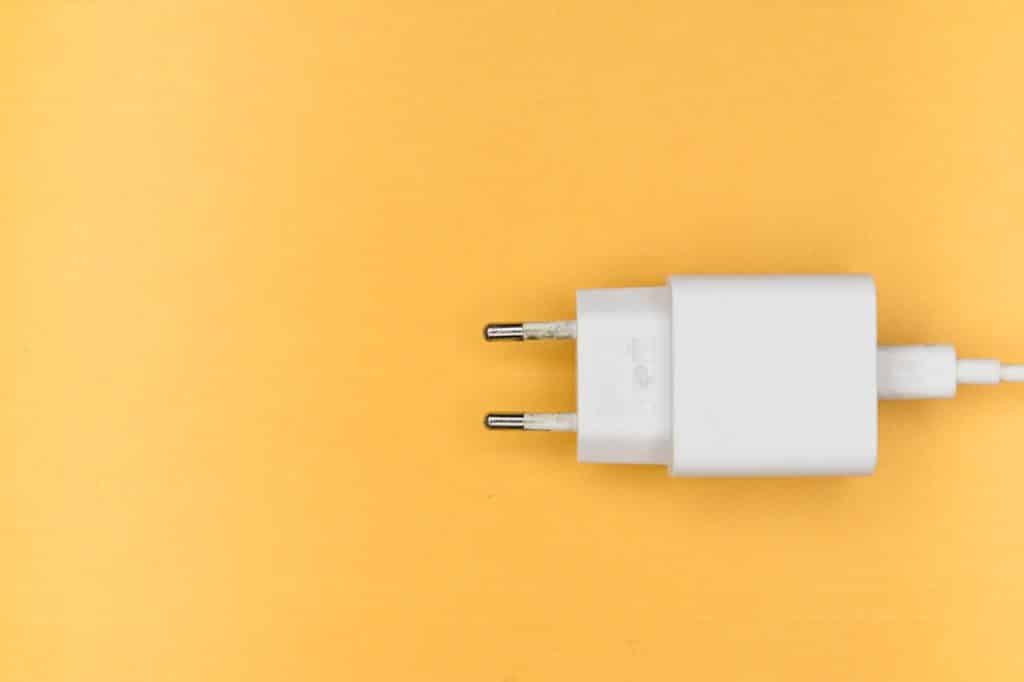
Converting Smartphone Battery Capacity to kWh
Detailed process of conversion from mAh to kWh
To convert the battery capacity from mAh to kWh, we need to follow a three-step process:
- Convert milliamperes (mAh) to amperes (A): This is straightforward – simply divide the mAh number by 1000.
- Convert the battery voltage (usually 3.7V for smartphones) from volts (V) to kilovolts (kV): This is done by dividing the voltage by 1000.
- Multiply the resulting amperes from step 1 by the kilovolts from step 2 to get the energy in kilowatt-hours (kWh). This gives you the energy capacity of the battery.
Real-world examples using popular smartphone models
Let’s apply this conversion to some real-world examples:
- The iPhone 13 Pro’s battery is rated at approximately 3095 mAh. When we convert that to A, we get 3.095 A. Considering the battery voltage is 3.7V (or 0.0037 kV), the energy in kWh is then calculated as 3.095 A * 0.0037 kV = approximately 0.01145 kWh.
- The Samsung Galaxy S21 Ultra has a 5000 mAh battery. In ampere, that’s 5 A. Given the same voltage (0.0037 kV), the battery’s energy capacity in kWh would be 5 A * 0.0037 kV = approximately 0.0185 kWh.
- The Google Pixel 6 Pro comes with a 5003 mAh battery, which is approximately 5.003 A. Its energy capacity is therefore around 0.0185 kWh.
These values represent the total energy stored in the phone battery, assuming it’s fully discharged. The energy needed to charge the phone can be slightly higher due to energy losses in the charging process.
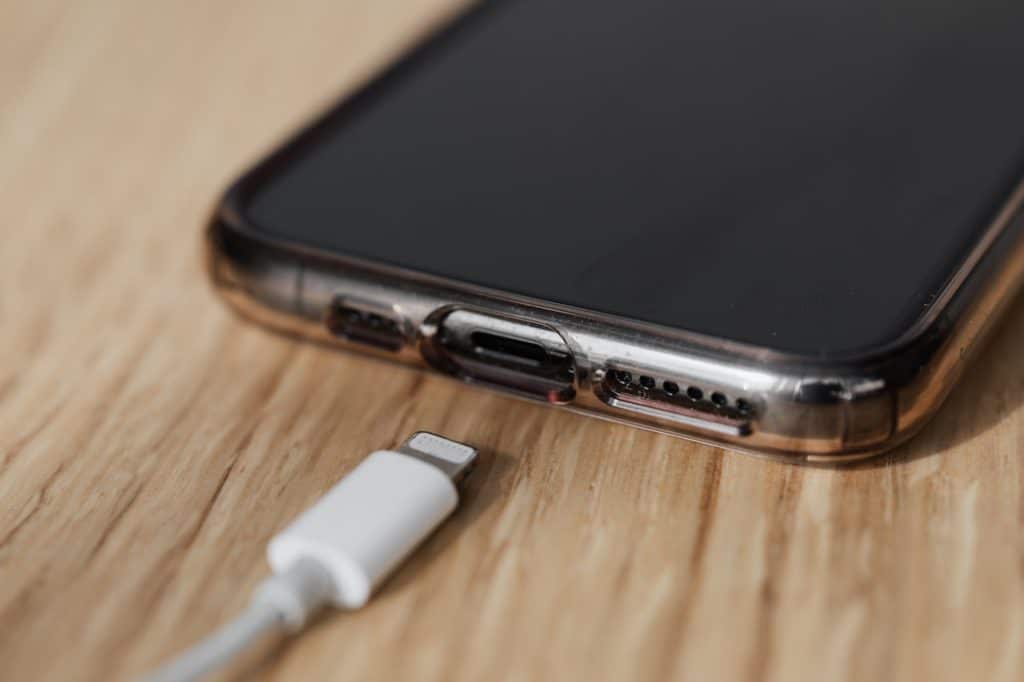
Electricity Cost for Charging Smartphones
Explanation of how electricity costs are calculated based on kWh
Electricity costs are typically calculated in cents per kilowatt-hour (¢/kWh). The cost of charging your phone is determined by multiplying the amount of energy used (in kWh) by the cost per kWh.
For instance, if your electricity rate is 15¢/kWh and your phone uses 0.01145 kWh (like the iPhone 13 Pro), the cost to charge your phone from 0% to 100% would be 0.01145 kWh * 15¢/kWh = approximately 0.17 cents.
Estimating the cost to charge a smartphone
Let’s compute the charging costs for our example smartphones:
- To fully charge an iPhone 13 Pro (with an energy usage of 0.01145 kWh) at 15¢/kWh, it would cost approximately 0.17 cents.
- The Samsung Galaxy S21 Ultra (0.0185 kWh) would cost around 0.28 cents per full charge at the same electricity rate.
- Charging a Google Pixel 6 Pro (0.0185 kWh) would also cost around 0.28 cents per full charge at 15¢/kWh.
These values can vary based on the actual cost per kWh in your region and the efficiency of your phone’s charging system.
Tips to Reduce Smartphone Power Consumption
Energy-efficient practices for smartphone use
While smartphones consume a relatively small amount of electricity, every bit of energy saved contributes to a larger goal of energy conservation and environmental protection. Here are some practices that can help reduce the power consumption of your smartphone:
- Dim the screen brightness or use auto-brightness: Your phone’s screen is one of the biggest energy consumers. Dimming the screen or using the auto-brightness setting that adjusts the screen brightness based on the ambient light can save significant energy.
- Turn off push email: If you have a push email setting, your phone will constantly connect to the server to check for new emails, which can drain the battery.
- Limit background data: Many apps run in the background and consume data, which can drain your battery.
- Use Wi-Fi instead of cellular data: Wi-Fi consumes less power than a cellular network, so use Wi-Fi whenever possible.
- Reduce the frequency of updates for apps and widgets: Apps and widgets that auto-update can use a lot of power.
- Close unnecessary apps: Apps running in the background can consume a lot of power even when not in use.

The impact of these practices on kWh consumption
These energy-saving practices can significantly reduce the kWh consumption of your smartphone. Although the exact amount saved can be difficult to quantify due to the various factors involved, it’s reasonable to assume that following these practices could extend the battery life of your phone by 10-20%, thereby reducing the number of charge cycles and overall kWh consumption over the phone’s lifetime.
Conclusion
In the grand scheme of energy consumption, smartphones are small players. However, understanding the energy required to power these ubiquitous devices can help us appreciate our overall energy use and inspire us to be more conscious of our consumption habits. The energy stored in and used by our phones is but a glimpse of the vast amounts of energy we use daily. By adopting energy-efficient practices, we can not only extend our phone’s battery life but also contribute to a more sustainable and environmentally friendly world.
-
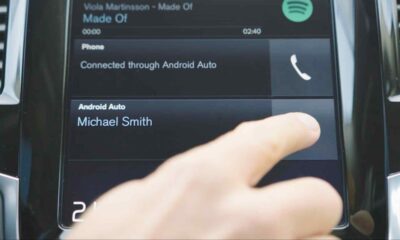
 Tech6 months ago
Tech6 months agoAndroid Auto Disconnects When Phone is Locked? – Easy Fix
-

 Gadgets5 months ago
Gadgets5 months agoCan Dogs Use VR Headsets?
-
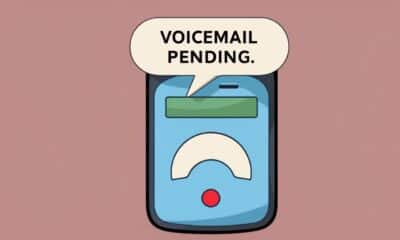
 Tech5 months ago
Tech5 months agoWhat Does “Voicemail Pending” Mean?
-

 Phones5 months ago
Phones5 months agoHow Do I Know if My Phone Supports AR?
-

 Tech5 months ago
Tech5 months agoDoes Astigmatism Affect Your VR Experience?
-

 Business5 months ago
Business5 months agoHow Do You Make an AR Without Coding?
-
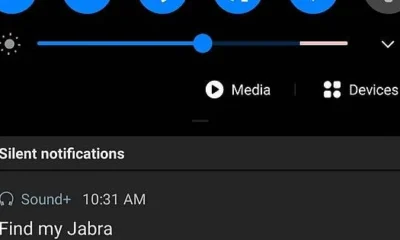
 Phones4 months ago
Phones4 months agoWhat To Do About That Weird Notification Sound on Android?
-
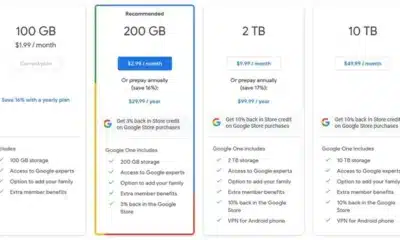
 Tech4 months ago
Tech4 months agoHow Can I Get Google Drive 1TB for Free?





















